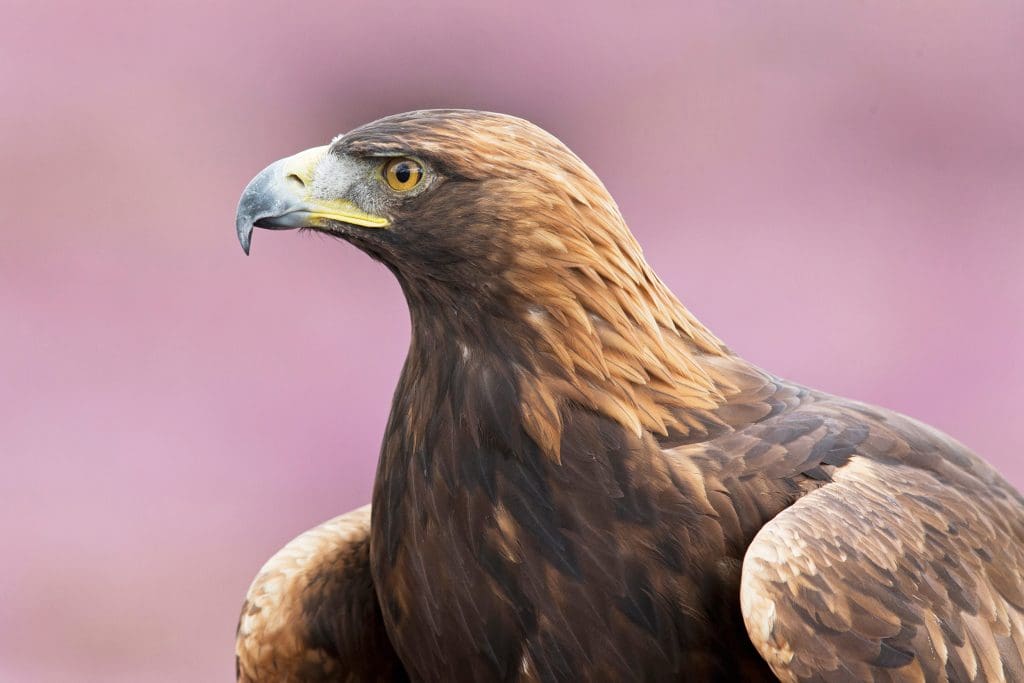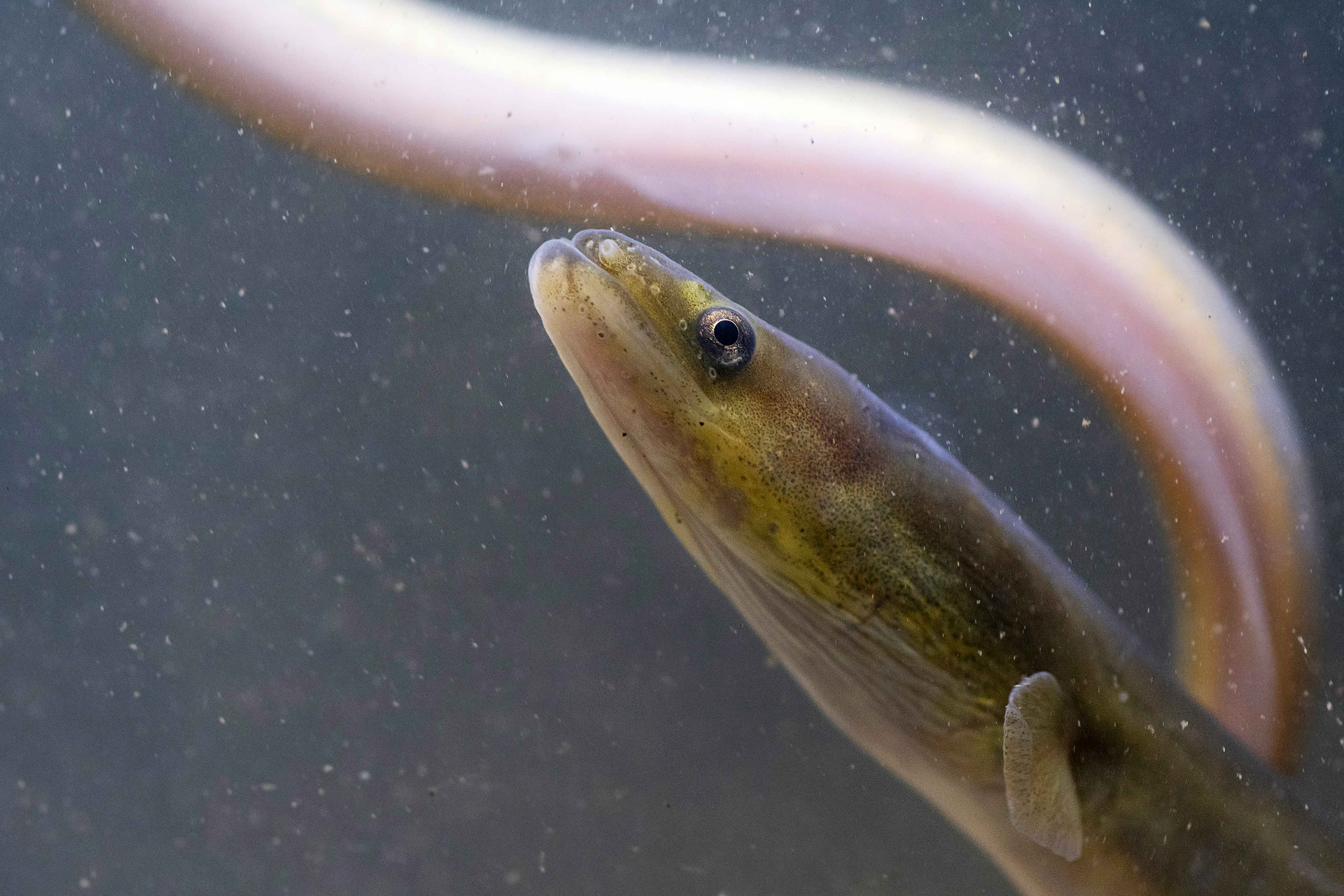Adult eels are meeting the sea at the mouths of our rivers right now, to begin an epic migration to their final destination: the Sargasso Sea. Here, they’ll breed for the only time and die. This age-old mystery was confirmed last year from satellite tags fitted to eels in the Azores, revealing the final leg of their long journey.
You can see a map showing the confirmed course of eel migration below:

They have seen a 95% decline since the 1980s. Hazards include pollution, dams, weirs and sluices, overfishing and ocean current changes due to climate change.
Leaving Europe, they become a heavier ‘silver eel’ on their final long journey back to the Sargasso Sea, where it all began.
Eels predate and scavenge on a range of fish and insects. They need good-quality, healthy riverine habitats. They can wriggle and slip over wet grass between waterways.
Eel larvae return to Europe, on a two- to three-year-long North Atlantic Drift, when they become tiny (up to 8cm) glass eels and swim into river mouths. Here they’ll go through several life cycles before reaching sexual maturity.
Yellow eels (immature adults) grow up to 1m and can spend between five–70 years in our riverine habitats before they are ready to leave.
Listen to this feature here:
You might also like

Blue carbon mapping
Blue carbon mapping

Winter spectacles
Winter spectacles

Shop for the festive season


